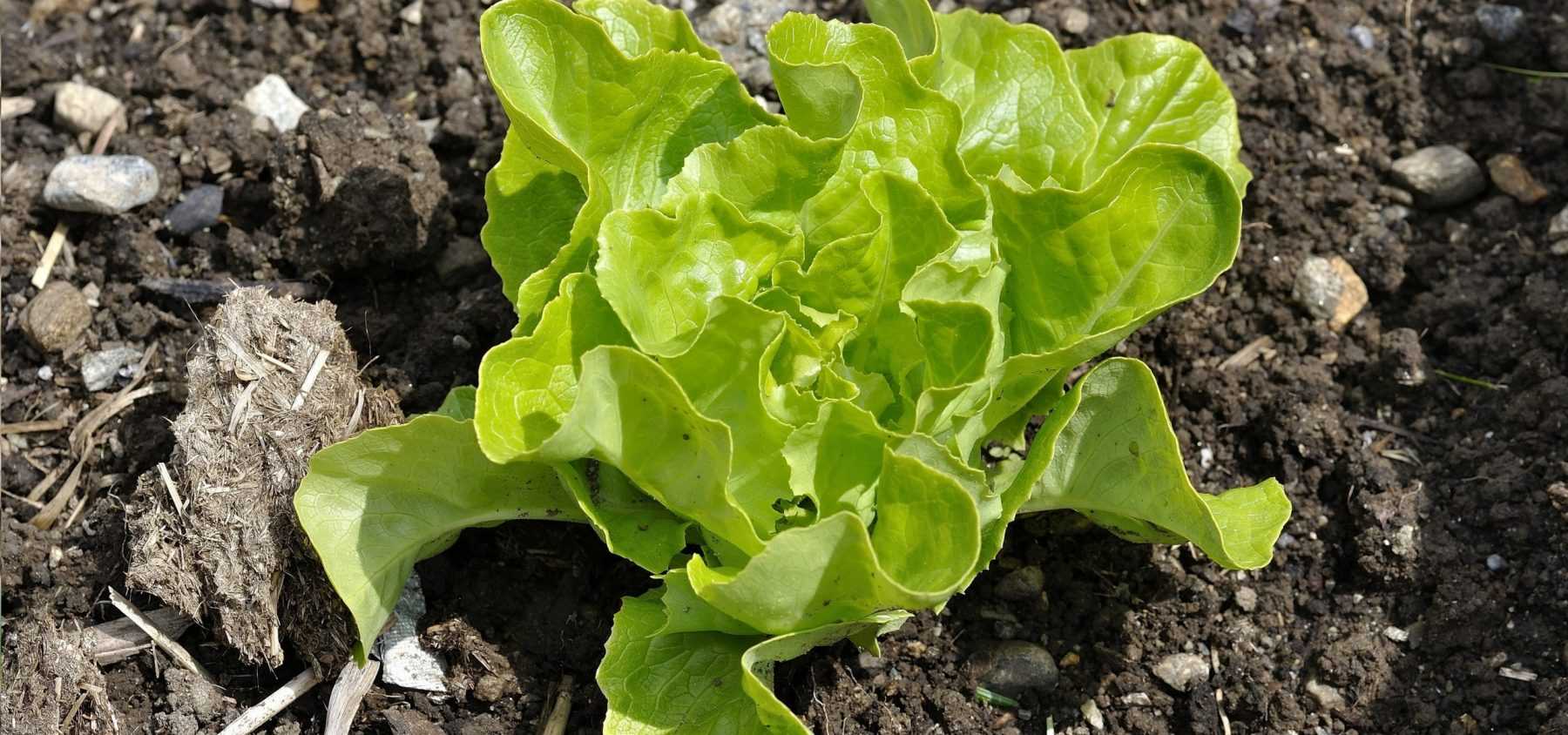
How to successfully sow lettuce?
complete guide for bountiful harvests
Contents
Sowing Salad Greens (lettuces, batavias, curly endives, escaroles, romaines) is a key step for successful harvests throughout the year. Whether you choose to sow directly in the ground, in pots or seed trays, proper soil preparation is essential: a rich, moist, light and well-draining growing medium will encourage quick seed germination. But when should you sow the different varieties? How can you prevent bolting or protect young seedlings from slugs and snails? Discover all our tips for successful sowing from February to September, with methods adapted to each season and climate. Ideal temperature, spacing, watering, thinning… Follow our advice to grow beautiful, crisp and flavoursome salad greens straight from your vegetable garden!
Where to sow lettuces?
Sowing salads (lettuce, Batavia, Romaine, escarole or curly endive…) is easy to do. It can be done directly in the ground, from February for early varieties known as “spring” types, until the end of September for late varieties, known as “winter” types.
Salads thrive in all rich, cool and light soils, neutral or slightly acidic. Before sowing, make sure to work the soil finely with a broadfork, to a depth of at least 20 cm (as salads have shallow root systems, they require loose soil) and incorporate well-rotted compost or manure into poor soils, at a rate of 2 kg per m².
Salads need sunlight to thrive, but they dislike extreme heat. The first and last sowings of the year should be done in full sun, while others should be sown in partial shade.
When to sow salad greens?
Lettuce can be sown from February until the end of September.
Lettuce seeds germinate quickly (allow 4 to 10 days) and require temperatures between 5 and 20°C to sprout.
They can be classified into main families:
- Lettuces can be sown almost all year round, from February until the end of September,
- Escarole, curly endive and wild chicory are sown from April until the end of August.
No heated shelter is needed, sowing can be done either directly in open ground or in pots or seed trays for later planting.
How to sow your lettuces and salad greens?
Case number 1: the weather is mild – neither too hot nor too cold – and your soil is clean with few slugs?
Sow directly in the ground:
- Draw furrows spaced 30 to 35 cm apart, 0.5 cm deep.
- Sow thinly, in rows spacing the seeds about 4 cm apart or in clusters of 4 or 5 seeds spaced 25 to 30 cm apart.
- Cover with fine soil and water gently with a fine spray to avoid displacing the seeds.
- Keep the soil moist.
After germination, when the seedlings are well developed, thin them out to leave only one plant every 30 cm.
Case number 2: temperatures are either too cool or too hot, or your garden is full of slugs and snails?
Sow in seed trays or pots and transplant when the seedlings are strong:
- Fill a seed tray or pots with seed compost.
- Sow thinly or place 2 to 3 seeds at a depth of 0.5 cm.
- Cover, water gently, then place your seedlings in a cold frame or a slightly sheltered but sunny spot (such as a windowsill). In summer, opt for the coolness of a shady corner.
- Keep the growing medium moist, but not waterlogged.
About ten days after germination, keep only the most vigorous seedlings. Finally, plant them in the garden when the seedlings are well developed (at least 4 true leaves), spacing them 30 cm apart in all directions. Preparing seedlings may seem tedious, but it allows your lettuces to develop in a favourable environment. Strong at planting time, with a well-developed root system, they will be better equipped to face hostile conditions. And, unlike direct sowing, you won’t need to thin them out.
⇒ Find more tips in our guide: growing lettuces under cover
→ What are your tips for successful lettuce sowing? Feel free to share them in the comments.
- Subscribe!
- Contents

































